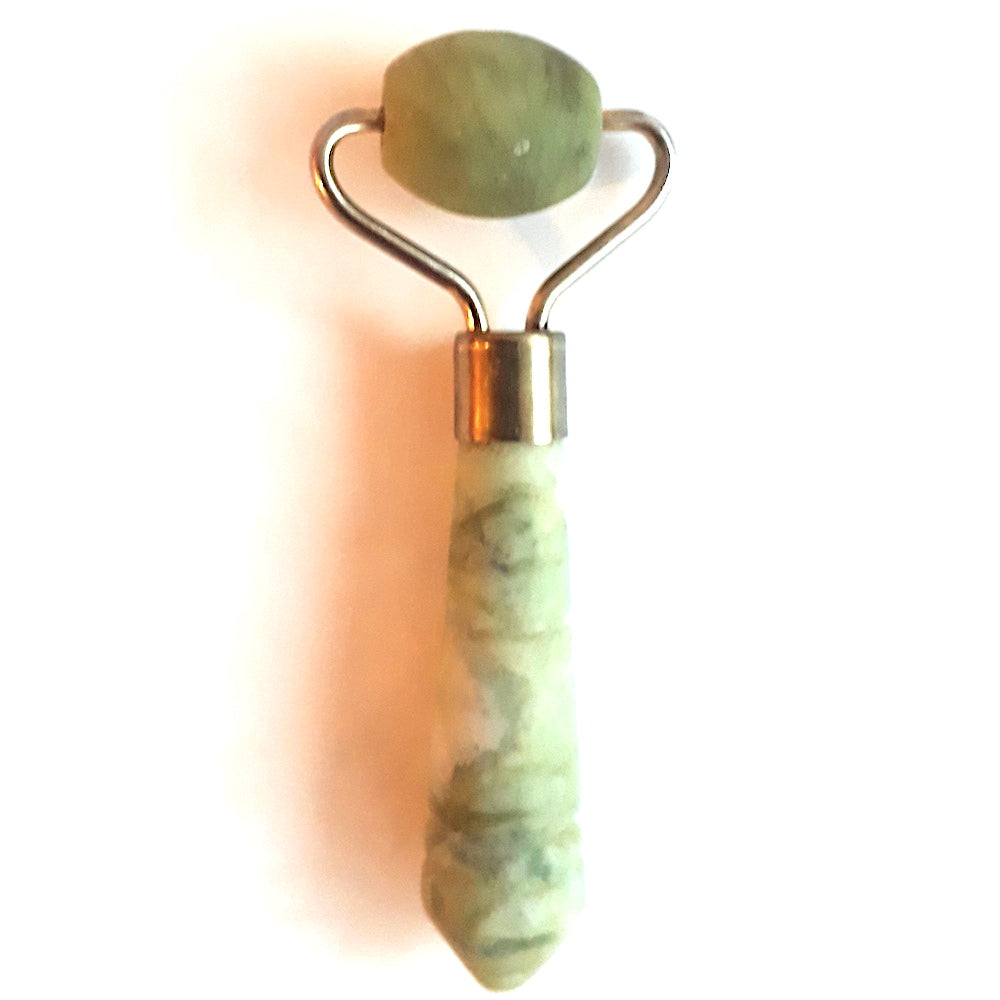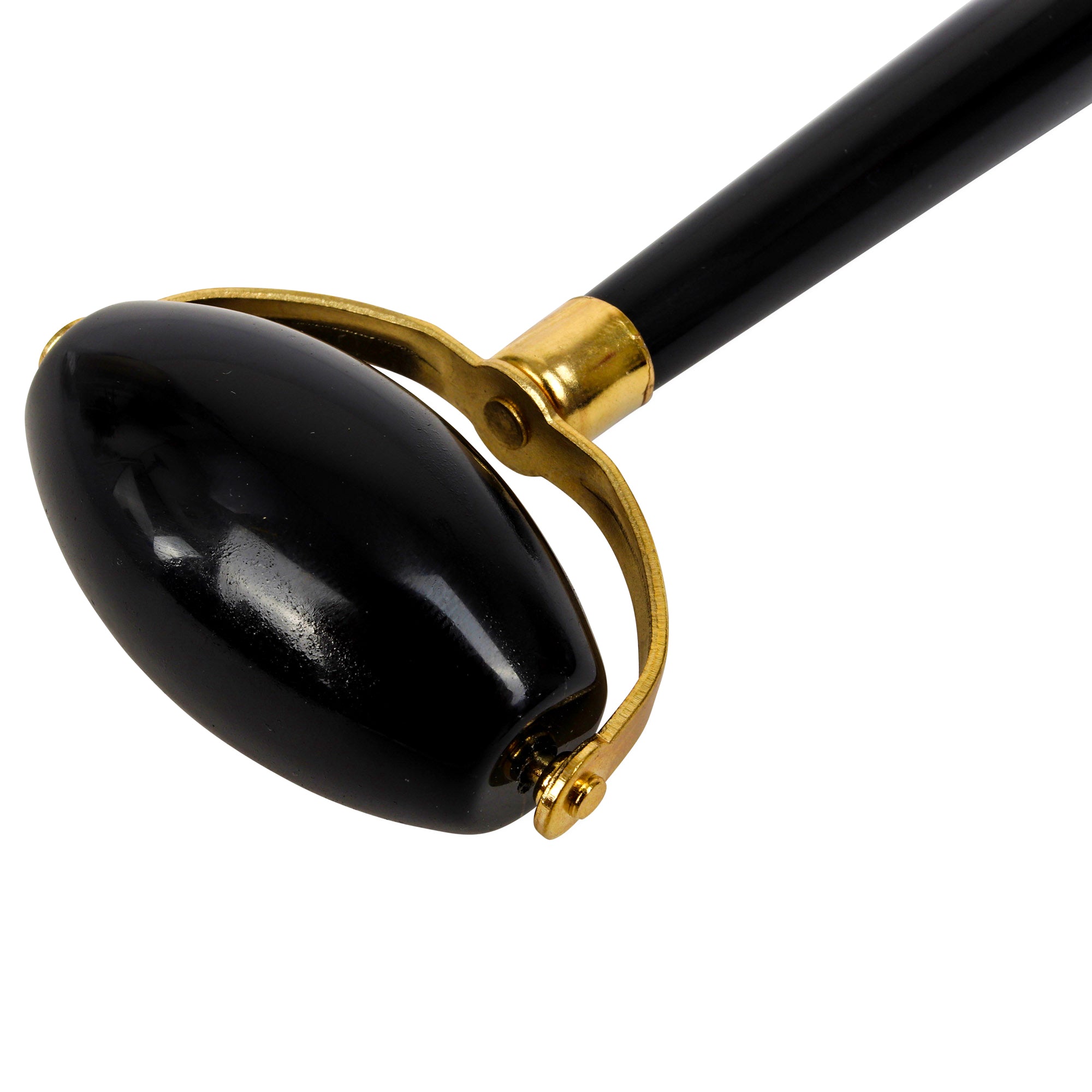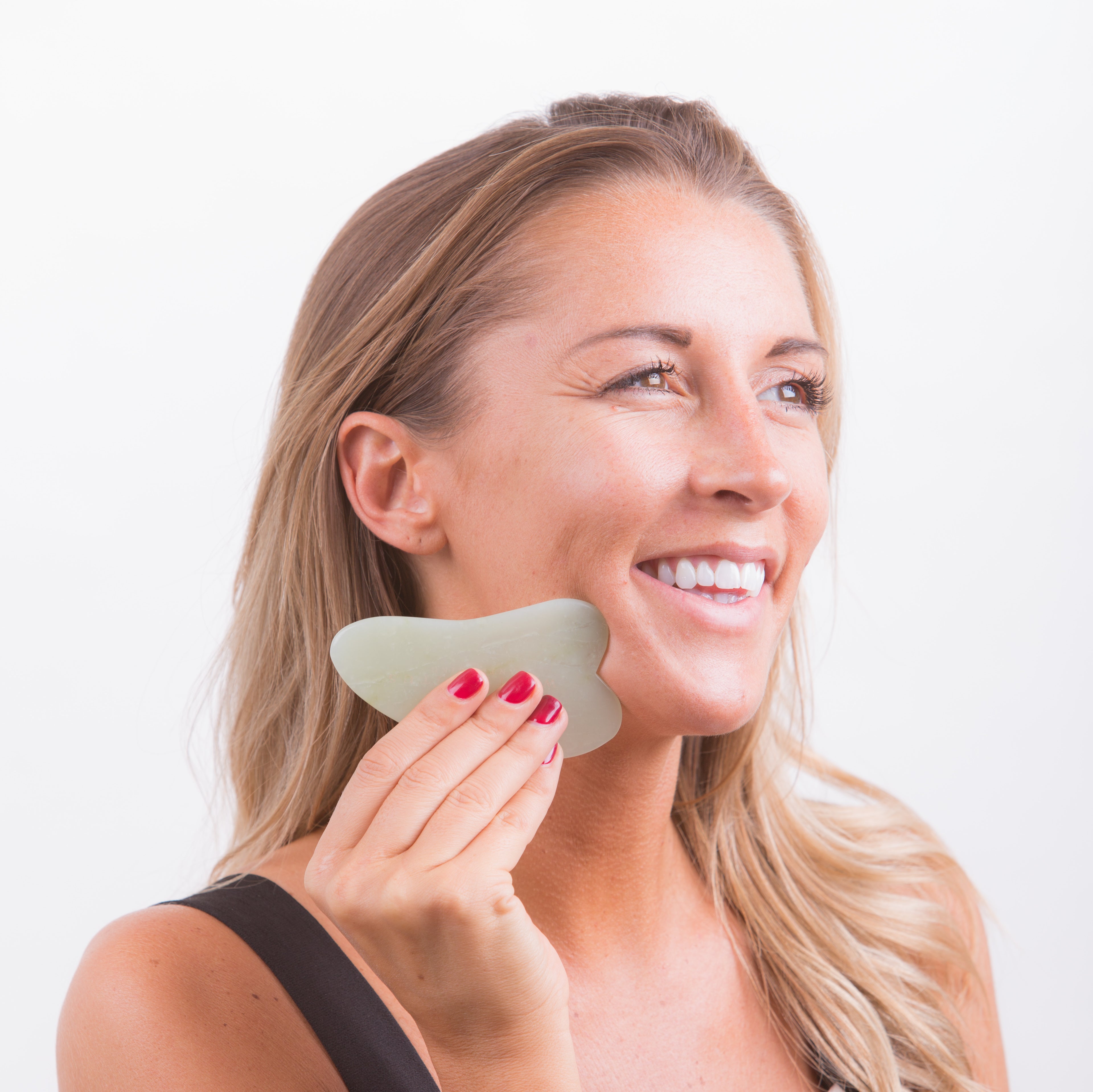
What is False Jade or Fake Jade?
Jade is a term used for exquisite and expensive stones which are usually used for decorative purposes like ornaments, sculptures, and jewellery. They come in multiple colours like green (mostly), white, and orange. Since they are quite expensive, the market is filled with their imitations and duplicates. The original jades are made up of two minerals known as nephrite and jadeite.
Jadeite jades are known for their robustness and are exceptionally hard in nature. Around 70% of these stones come from Myanmar. Nephrite jades are mainly found in China and are commonly used for making Jade rollers.
What is False/Fake Jade?
Mostly found in Punjab, a famous northern region of India, False jades are the cheap imitation of these rare stones. Since the originals are hard to find and heavy on pockets to buy, fake jades came into existence. They are termed as Styrian jade, New jade, and Teton Jade.
How to find out whether the jade you have is real or a fake?
There are many ways to find the authenticity of jade stones. False jades get degraded as they age. They don’t go well with acids either. This is why the sculptures and ornaments made up of fake jades are usually confined inside a room or a shaded place. They also lose their colour as time goes by and if they get wet.
False jades fall under a serpentine stone group which are green, and brown in colour. They also have spots. You might find the name of the group ‘serpentine’ interesting. The theory is the stone group was named after the green colour of serpents (snakes).
Another way to check a fake or false jade is by touching it. Original jades are cold in nature and disperse heat. You can put a piece of paper on one side of the stone and burn the other side with a lighter. If the paper turns yellowish, you have a fake one at your disposal. The original jade won’t let the heat pass to the paper as it will disperse it from the burning surface altogether.
Now, if they are so different, why is there confusion? The answer lies in the geological factors where they are formed. Both the genuine nephrite jades and the fake ones can be found in similar conditions. The rock formations where they naturally occur are mostly common - between serpentinite and mafic. While mining genuine nephrite jade, there are chances than you’ll find the fake ones too. The authenticity of such a jade can only be confirmed after professional inspections and lab tests.
A pro tip to avoid falling prey to fake jade suppliers: Only buy your jade products such as jade rollers and Gua Sha from an authentic jade dealer who works closely with the pure nephrite jade and jadeite jade suppliers. A simple online research and presence of mind will go a long way.
Learn More About
Chemical Treatment of Crystals
The White Lotus Jade Crystal Ethical Policy
The White Lotus Lifetime Guarantee on all Crystal Products
The White Lotus Range of Jade Beauty Tools



